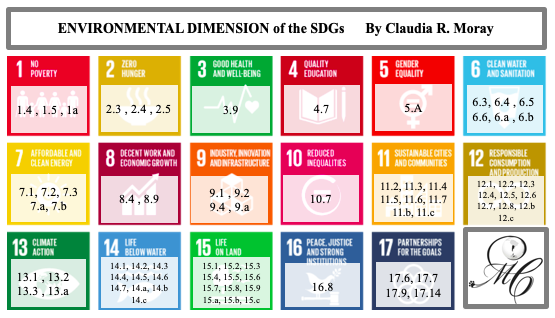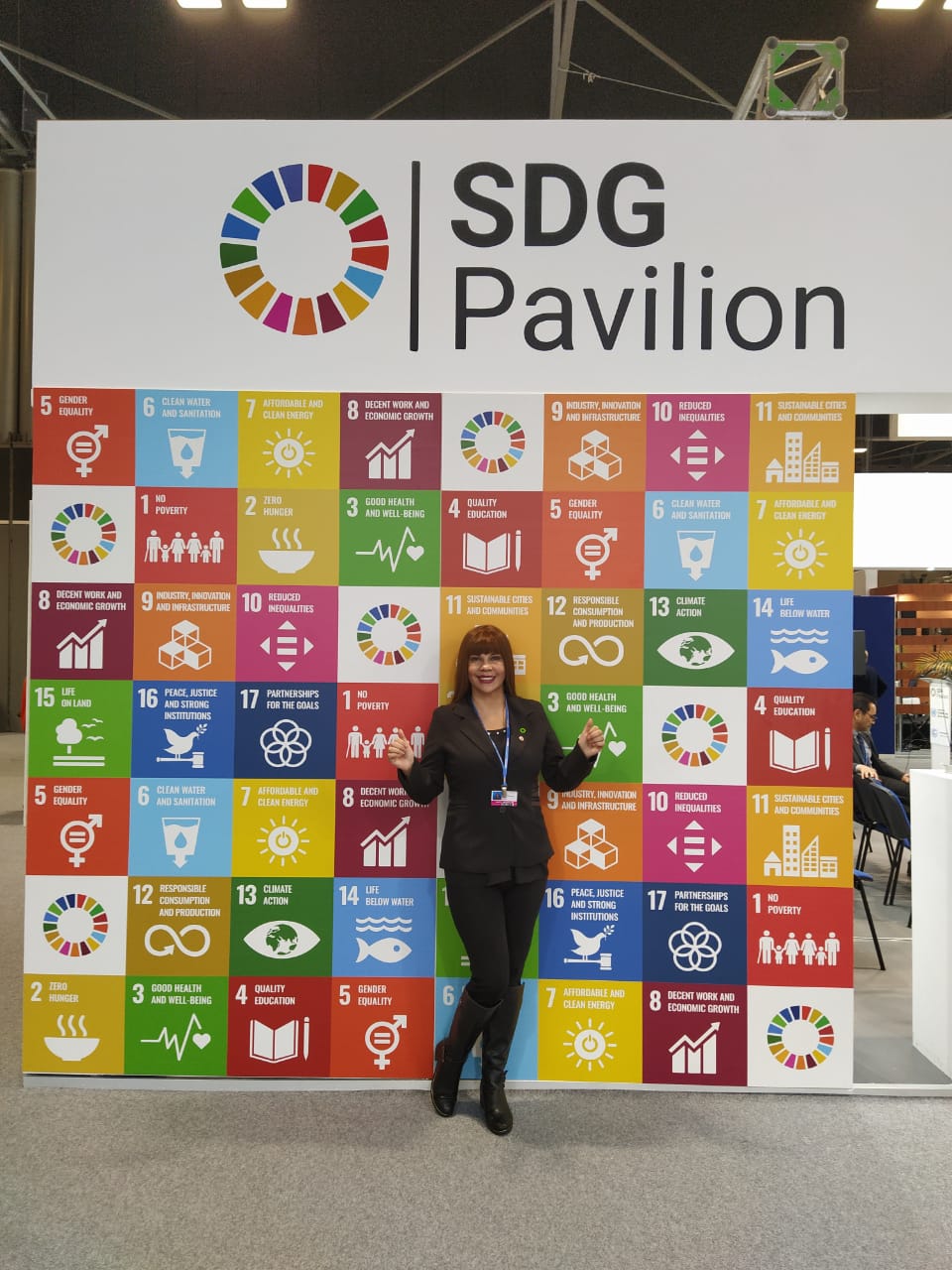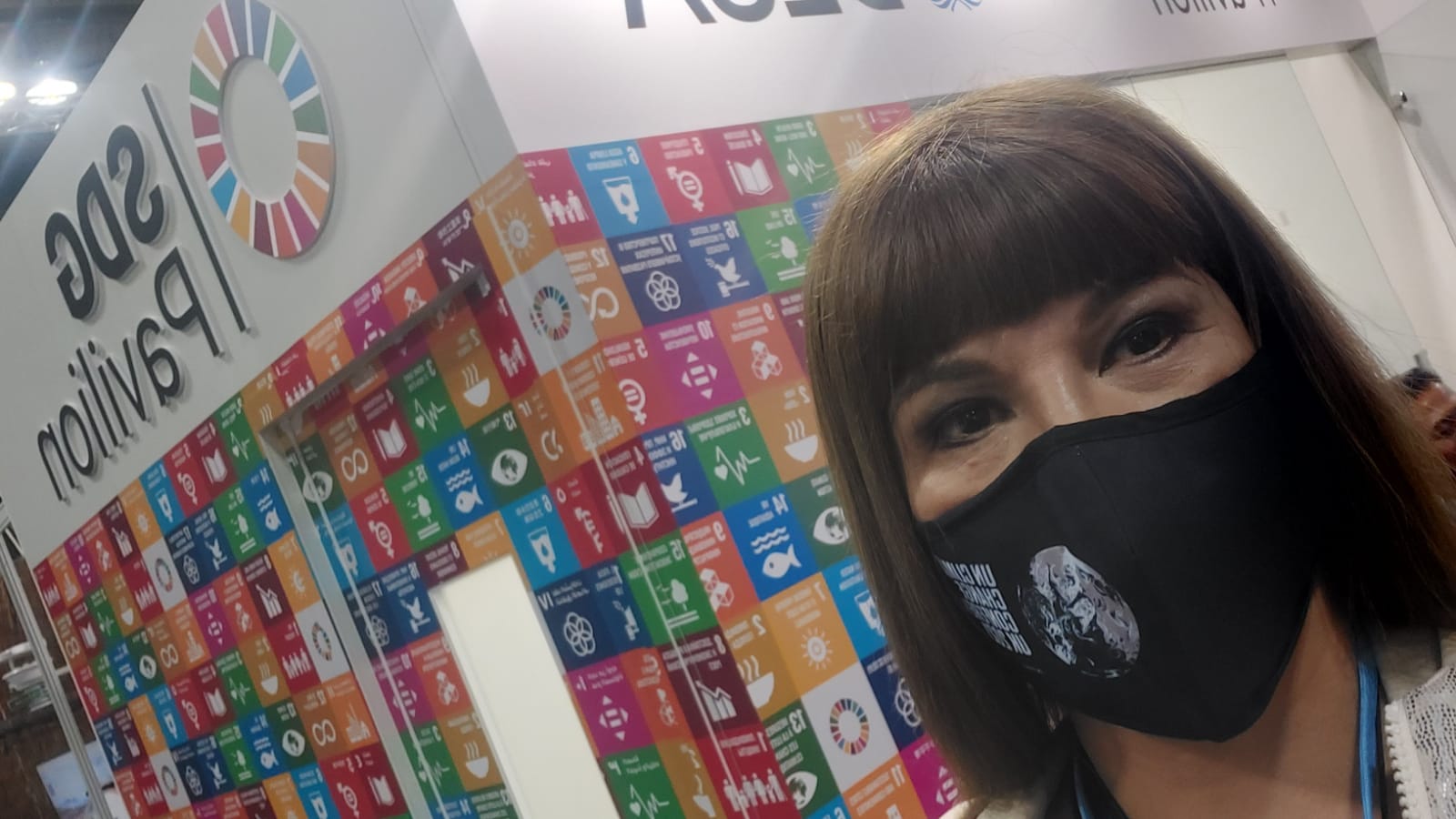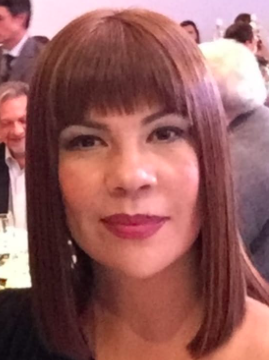Vicious circle
The economic growth has come with significant environmental costs that undermine prospects for sustainable growth and social development. The progress towards environmental sustainability has been insufficient. Immediate economic and social pressures - like poverty, hunger, inequity - generally crowd out longer term strategic environmental policy initiatives. The reality is that climate change is already having an immense impact on people’s lives, not just directly because of higher average temperatures, but also because climate change is a threat multiplier. That means that the direct effects, like extreme heat and warmer water, are responsible for exacerbating other societal tensions, including: extreme weather events, famine, housing crises, health problems, immigration and political conflict. This disproportionately affects the poorest and most marginalized. Thus, postponing actions to deal with environmental problems does nothing but increase economic social and environmental problems, constituting a vicious circle.
Within this context, the Sustainable Development Goals (SDGs) set a roadmap to solve those problems that so afflict today's societies.
Achieving the SDGs will not be easy because any progress will require governments to adjust their management practices to an increasingly complex reality and deploy human resources and capabilities in the most effective way. They will need to obtain skills that take them beyond their traditional operating environment and challenge them to think and act in new, cross-disciplinary ways.
Environmental dimension of the SDGs
The SDGs represent a milestone in the global effort to recognize the central role of the environment in socioeconomic development, and vice versa. SDGs put environmental sustainability at the center of sustainable development.
Environmental dimension of the SDGs is important to the success of the new Agenda because the natural environment provides direct sources of food and supplies ecosystem goods and services supporting human health and well-being, incomes, job creation, poverty alleviation, safety nets and inequity reduction. About 50% of targets seek to directly or indirectly reduce environmental damage or emphasize the critical role of natural resources and ecosystem services in human well-being and prosperity. In practice, this means that the environmental dimensions are not to be regarded as mere add-ons; rather, they are to be thoroughly interwoven with the socioeconomic dimensions of development plans.
Meaningful action to accelerate the implementation of the environmental dimensions of each SDGs - which can be seen in the self-made infographic-, requires significant strengthening of national responses to take the integrated approach forward at the national level, so that investment in the environment can be driven domestically and sustained in the long run.

Let´s do it Right!!!
The pace of implementation of the environmental dimension of the SDGs has remained slow due to the lack of a national institutional framework in many countries.
Although there is not a unique blueprint that should be followed, because each country has its own circumstances, development planning that incorporates the SDGs is a common denominator. The environmental dimensions are not to be regarded as mere add-ons; rather, they are to be interwoven with the socioeconomic dimensions. In order support the integration of the environmental dimensions into development plans International and regional organizations and the United Nations Development Programme (UNDP) are providing tools and other resources.
In this line, a starting point would be the establishment of a national institutional framework. To date only a handful of countries have established such a framework. The main structure would consists of a decision-making body at the highest level of political authority that would be supported by an advisory body of different stakeholders, and a technical body of experts. The advisory body would play a key role in raising awareness about and advocating for environmental dimension in their different constituencies. On the other hand, the technical body would be composed of thematic experts from all government ministries, departments, and agencies, not just those dealing with environmental issues which would allows for an inclusive approach to address the multi-dimensional and crosscutting issues in the 2030 Agenda. This would ensure policy coherence that It involves managing potential conflicts and identifying tradeoffs to ensure that progress in achieving one target does not hinder the progress for other targets. It must include the country’s National Statistical Office to produce disaggregated data that are of high quality, regularly and in a timely fashion. However, some countries face constraints in producing them, therefore, specific programmes of statistical capacity strengthening will be needed for the sub-region to not be left behind in the 2030 Agenda for Sustainable Development.
Financing is the cornerstone for transforming the SDGs into reality. Thus, governments’ and financial institutions’ understanding of green financing tools, methods, and approaches must improve. It is necessary innovative sources beyond tax collection, such as risk mitigation instruments and blended finance instruments, potentially through public private partnerships. The role of private sector is wholly relevant because represents close to 75% of global climate finance flows and 85% of all investments worldwide. It is crucial to develop a common methodology to record and track private finance. Without such a system, it is not possible to guarantee an equitable distribution of the scarce climate finance available. Most developing countries require significant external support in order in order to keep pace with developed countries and prevent widening of the gap. It is imperative that means of financing the SDGs be non-debt creating.

Climate influence
Federal policy and legislation is not the only thing. We are here too, and we all together could use our voices to show how environmental dimension matters to every single one of us here and now.
The best way that we can make a difference is through activating, not only our personal carbon footprint reducing the environmental impact generated by our actions, but when we activate our climate influence, so to speak, this grows far beyond our own personal footprint in both space and time.
We often underestimate the power we have to make a difference. A high percentage of people feel hopeless and helpless when it comes to environmental issues, they don't know where to start. The reality is anything we do makes a difference, anything.
The change of attitude and behaviors goes through environmental awareness. Thus, education is the single most important because every interaction with a student is an investment in a sustainable future. That's why it's necessary to increase education levels, especially for women because they are the ones who educate families, the ones who decide the family economy. Their work is fundamental to advancing the concept of responsible pro-environmental citizenship into the future by nurturing the next generation for eco-citizens with appropriate values, beliefs and motivation.
When you look at all the ways our society has changed, it change because very ordinary people decided the world could and should and must be different. And they use their voice to share that vision with others. And it was the power of those collective voices that changed the world. If we did it before, we can and must do it again.
It is about attitude, believing that you can do it and working hard for it. At the end only those who are crazy enough to think they can change the world, are those who do.

Claudia Ramona Moray.
Director of International Relations of the Argentine Association of Constitutional Justice.
AUTHOR, EDUCATOR, ENVIRONMENTALIST.
Ambassador of Peace for a Thousand Millennia of Peace.
I have dedicated myself to the environment, sustainability, and climate change after being inspired by my birthplace. Being born and raised in Misiones, part of the Paranaense Forest, I witnessed the deforestation of the Iguazú Jungle, one of the top 10 most threatened forest hotspots in the world. Despite being born there, I was able to realize my dream of obtaining a quality higher education, I am Lawyer and Architect with honors degrees.
Passionate about environmental justice and dedicated to empower people to lead change in their communities, I have worked for many years in humanitarian field.
I was nominated by Argentina to attend UNFCCC, United Nations Climate Change Conference, the meeting sessions COP 21 (Paris - 2015 ), COP 22 (Marrakech - 2016), COP 23 (Bonn - 2017), COP 24 (Katowice - 2018) and COP 25 (Madrid - 2019) and COP 26 (Glasgow - 2021).
My professional experience includes managerial and leadership positions. I collaborate with NGOs.
I served as senior adviser to The House of Representatives of Argentina and the Chamber of Senators of the Province of Buenos Aires.
I have my own community dining room open to anyone in need of a meal. It is named "Mr. Alcirio" in honor’s to my father.


